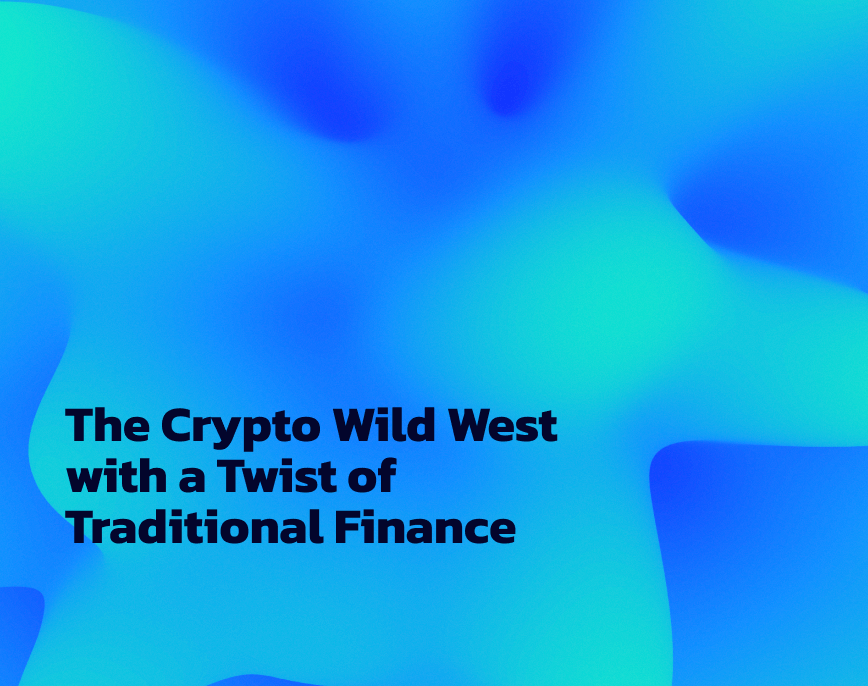
Decentralized finance, or as the cool kids call it, DeFi, is making waves and not just tiny ripples. It’s like the rebellious teenager of the crypto world, aiming to give the traditional financial system a run for its money. How? By kicking intermediaries to the curb and putting governance in the hands of, well, code.
The 2022 Crypto Rollercoaster
Remember the crypto chaos of 2022? If you blinked, you might’ve missed it. But those in the DeFi space felt the tremors. Operational hiccups, liquidity potholes, and the age-old issues of leverage and interconnectedness reared their heads. But here’s the kicker: traditional finance didn’t even flinch. Why? DeFi’s still the new kid, not yet playing in the big leagues with the traditional markets.
FSB’s Deep Dive into DeFi
Enter the Financial Stability Board (FSB). They just dropped a report titled “The Financial Stability Risks of Decentralised Finance.” Sounds fancy, right? It’s their magnifying glass over DeFi, dissecting its features, vulnerabilities, and the potential policy implications.
DeFi isn’t just a buzzword; it’s an intricate dance of technology. From permissionless blockchains to smart contracts, DeFi protocols, and those elusive decentralized applications (DApps), it’s a multi-layered beast. Think of DApps as the Swiss Army knives of finance – they can mimic everything from exchanges to insurance. But here’s where it gets juicy: while DeFi is mostly an institutional playground in advanced economies, it’s yet to truly entice the everyday Joe or global emerging markets.
Echoes of Traditional Finance
Now, you’d think DeFi, with all its techy prowess, would be immune to the pitfalls of the traditional financial world. Think again. It’s like DeFi took a page out of TradFi’s book of vulnerabilities. Operational issues? Check. Liquidity mismatches? Double-check. But DeFi adds its own spicy twist, with things like automatic collateral liquidation based on those smart contracts. It’s old problems with a new tech flavor.
While the processes to provide services are in many cases novel, DeFi does not differ substantially from TradFi in the functions it performs. In attempting to replicate some of the functions of the TradFi system,DeFi inherits and may amplify the vulnerabilities of that system. This includes well-known vulnerabilities relating to operational fragilities, liquidity and maturity mismatches, leverage and interconnectedness.
FSB’s Crystal Ball on DeFi’s Future
So, where’s DeFi headed? If we peek into the FSB’s crystal ball, they see DeFi cozying up more with the real economy and the broader financial system. But they’ve got their homework cut out. They’re gearing up to keep a closer eye on DeFi’s vulnerabilities, especially as it starts to play a bigger game with traditional finance. And as DeFi continues to evolve, the FSB’s already thinking two steps ahead, pondering if their crypto regulations need a DeFi makeover.
In the grand scheme of things, DeFi’s still finding its feet. It’s got the swagger of a disruptor and the potential to truly shake things up. But as it grows, it’ll be a balancing act – harnessing its potential while ensuring it doesn’t tip the financial stability scales. Only time will tell if DeFi becomes the rockstar of the financial world or just another one-hit-wonder.
Source: https://www.bis.org
